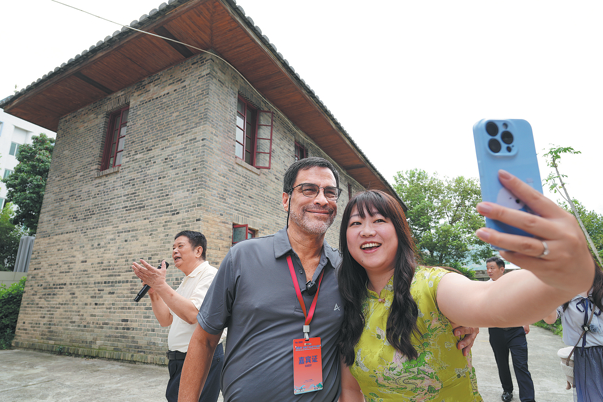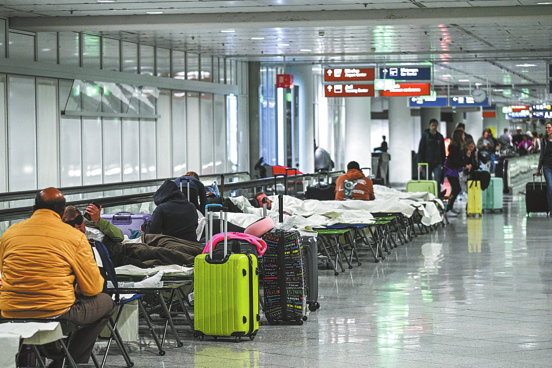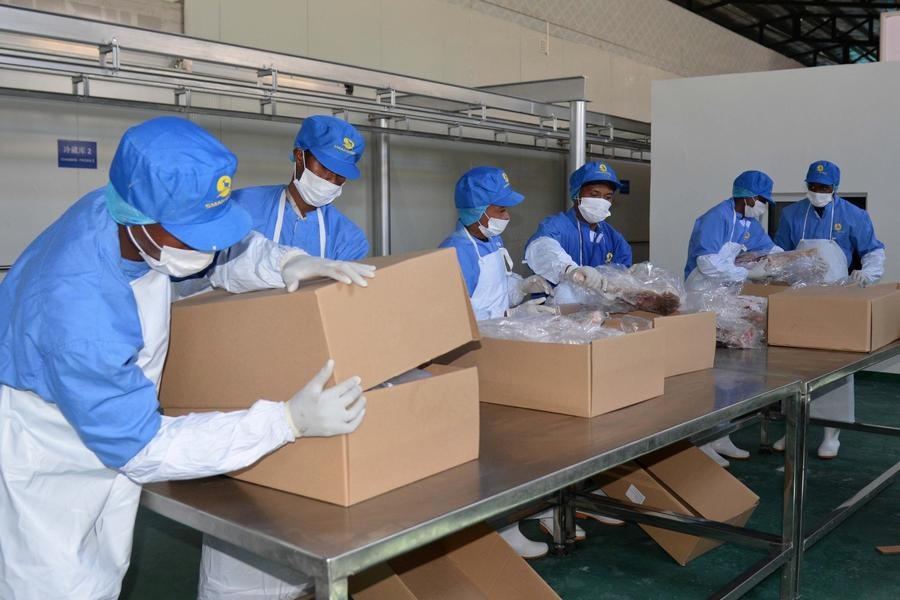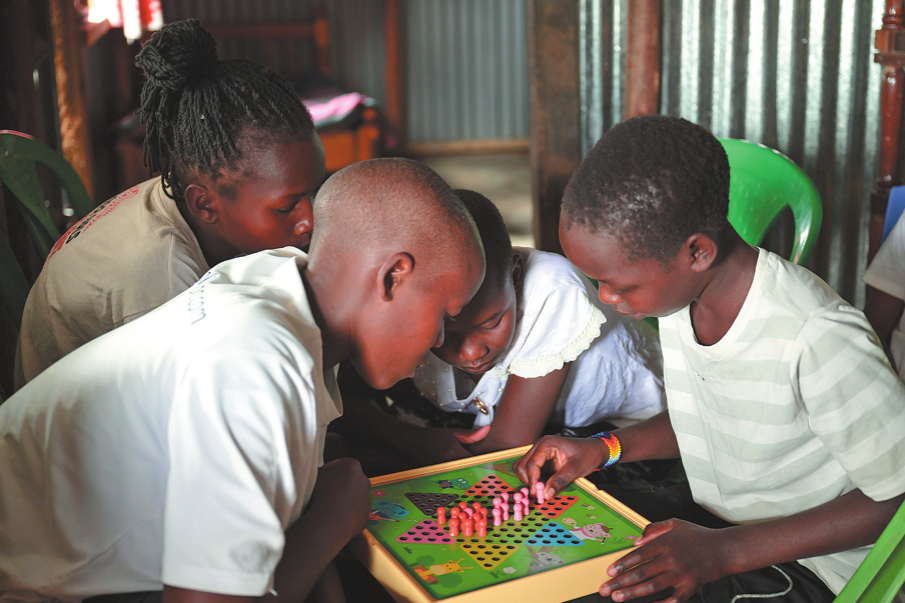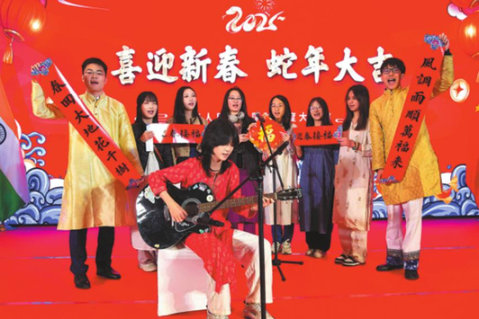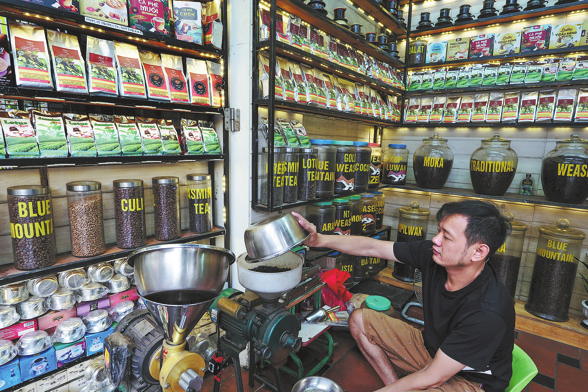Poverty rate varies widely among Asian Americans


Despite the stereotypical image of being highly educated and financially well-off, Asian Americans do have their fair share of poor people.
Roughly 10 percent of Asian Americans — 2.3 million of them — lived below the poverty line in 2022, according to the Pew Research Center's analysis of US Census Bureau data.
While that is close to the national poverty rate of 11.5 percent, the poverty rate within the Asian community varied widely, the analysis showed.
Burmese (19 percent) and Hmong Americans (17 percent) were among the Asian origin groups with the highest poverty rates in 2022. Filipino (7 percent) and Indian Americans (6 percent) were among the groups with the lowest poverty rates.
Chinese Americans' poverty rate of 11 percent was slightly higher than the Asian American average and slightly lower than the national rate.
As defined by the Office of Management and Budget, the poverty threshold for a family of four in 2022 was $29,678.
In a focus group study, the Pew Research Center interviewed 144 participants from four locations to find out what their main struggles were living in poverty.
The participants' responses showed that the common theme among included day-to-day financial difficulties, assumptions by others that they don't need help because they are Asian, and the importance of financial security in achieving the American dream.
Simple things like food and transportation could be a struggle. One participant by the name of Nolan told Pew that he lived with his grandmother, mother and sister in a cramped apartment.
"There were times where I couldn't travel to school because I didn't have enough money to pay for a bus. Or if I did pay a for bus, I wouldn't have enough to come back," Nolan said. "There were times where a bowl of rice would be a meal for all three meals, or we just simply did not eat. I have definitely felt that I was a huge financial burden."
About 42 percent of Asian Americans living near or below the poverty line said they have trouble paying their bills, and 38 percent of them have to get food from a food bank or a charitable organization sometimes.
Asian immigrants had a higher poverty rate than those who were born in the US. Census data show that 57 percent of Asian Americans living in poverty were immigrants, and many didn't speak English proficiently.
A Vietnamese participant by the name of Phong said he had to work hard from morning to night. Unable to speak English, he went to work at a Chinese supermarket, where mostly Chinese was spoken. As a result, his English was progressing very slowly. He wanted to learn but didn't have any time to learn.
"I felt sad about life, didn't know the language, didn't know the roads. I had no friends, so I felt very sad," Phong said in Vietnamese.
Only about half of Asian Americans (49 percent) in poverty turned to the government for help. The majority, 61 percent of them, turned to their family or friends for help with living expenses or employment.
Asian Americans in poverty also attach importance to a good education in making a better life.
"I feel if my parents were educated and they could have guided me in the right direction [for college]," a Pakistani who was born here said. "I think just the background that we come from was not the best versus someone who's had parents here for multiple years, and their parents are now telling them, like, ‘Hey, this is not the right decision for you. Try doing this. This will be better in the long run.'"
A Nepalese immigrant said: "What I can assume is that outside of our community, especially at the government level, state level and central federal level here, we are missing out or not eligible for benefits.
"In their opinion, we are rich, no matter if we are working or not. [They may think] our stories may not be genuine. They may think we are making up a story [if we apply for benefits]."
















